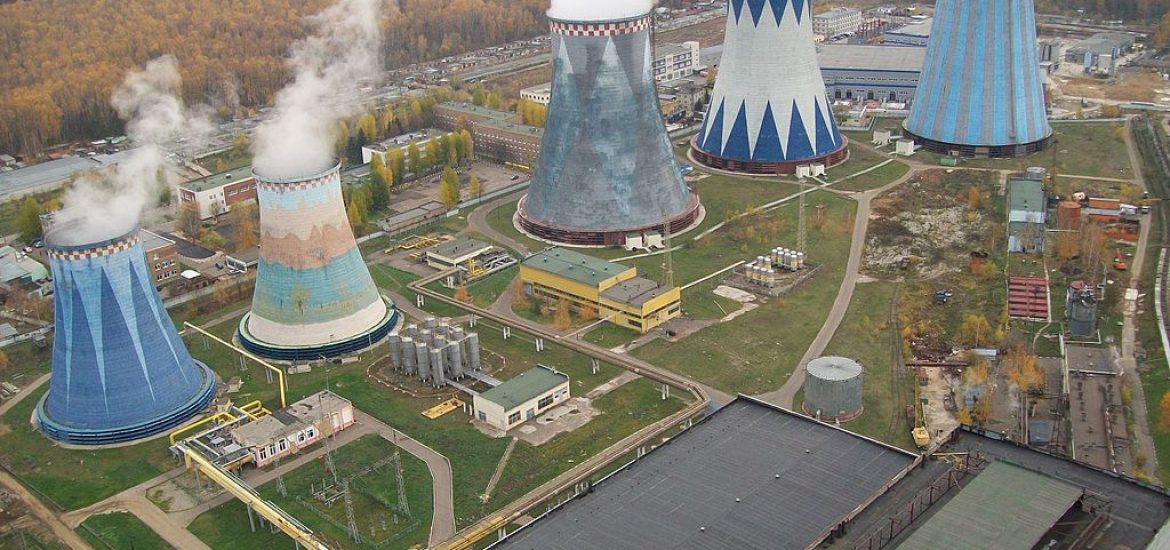
Russia has conceded that it is “possible” its power grid is under US cyber-attack.
Russian presidential spokesman Dmitry Peskov said the weekend’s New York Times report about computer viruses on its grid was a “hypothetical possibility”.
The paper said US “code” had been deployed across the Russian energy network partly in response to Russia’s disinformation and hacking campaigns.
The story said “implants” or malware had been placed in networks managing the power grid that could be activated during a conflict between the US and Russia.
Peskov noted that Donald Trump had dismissed the allegations as “fake news”.
He added: “If one assumes that some government agencies do this without informing the head of state, then, of course, this may indicate that cyber war against Russia might be a hypothetical possibility.”
The Kremlin spokesman added that “vital areas” of the Russian economy were under continuous attack but the repeated intrusions had been countered.
Bloomberg said the Moscow authorities were experts in power grid hacking.
An opinion piece said the Kaspersky Lab cyber-security firm had been running grid hacking contests for years. “In 2016, a hacking group from Yekaterinburg described in a blog post how it won points in the competition by taking over a substation and causing a short circuit on a power transmission line, without any prior knowledge of the specific industrial system or even much general understanding about how substations work,” the news agency’s Leonid Bershidsky opined.
Russia has previously targeted smart grid equipment, which analyses consumption and helps manage grids flexibly and efficiently.
A 2015 attack that was blamed on Russia shut down 27 substations in Ukraine using phishing emails sent to Ukrainian power grid staff.
Russia’s grid is equally susceptible to an attack, partly because of its vast scale. Russian Grids manages 2.35 million km of transmission lines and around 507,000 substations.
Russia’s power grid, like others undergoing a digital transformation, was readily hackable, but Bloomberg asked why the US security services wanted to publicise its efforts.
Thomas Rid of Johns Hopkins school of international studies said it made no sense to reveal the US strategy because “publicity burns capabilities”.
The Times story meant the Russian authorities would search the power network extensively for malware, Rid said.
But Bershidsky said the US security services probably wanted to remind the Kremlin of their freedom to act.
The National Defence Authorisation Act, passed by the US Congress last year, allows the defence secretary to authorise “clandestine military activity” without presidential approval.
The malicious code was reportedly placed by the US Cyber Command, a team of military hackers which is permitted to target computer networks under the 2018 act.
Russia is digitising its electrical grid. Picture credit: Wikimedia





